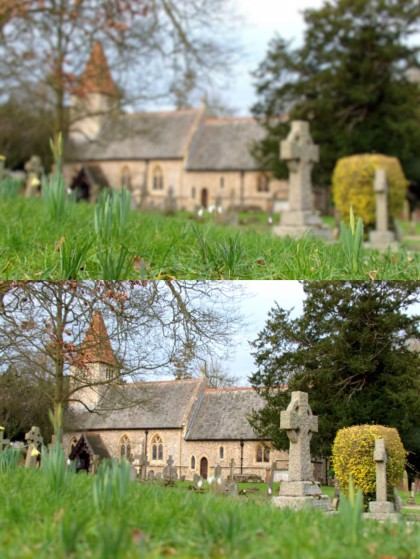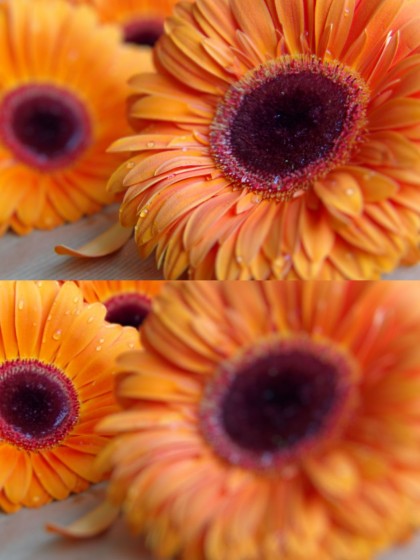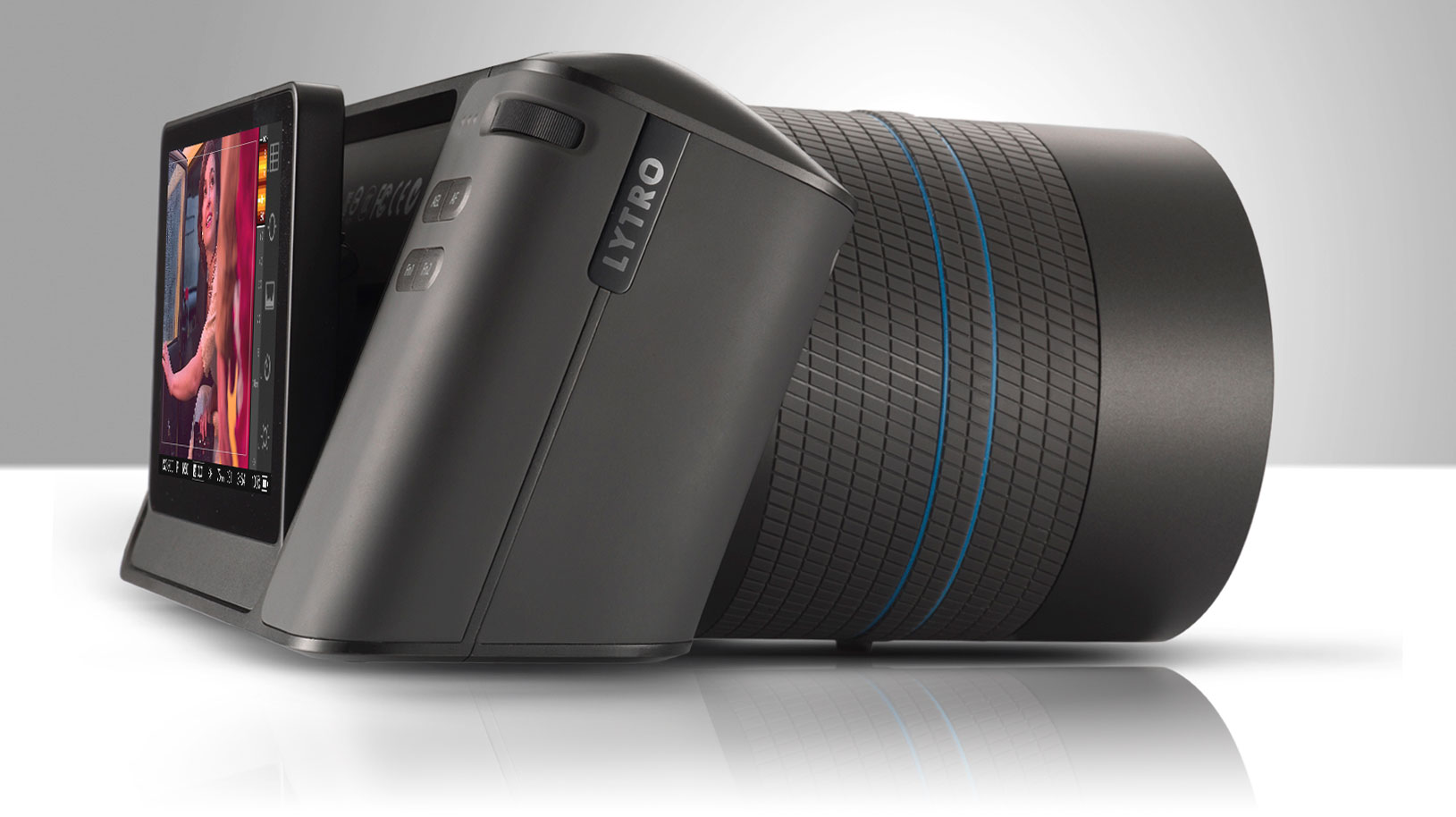Why you can trust TechRadar
Lytro's software can be used to create standard 4Mp JPEG images from the Illum's raw files, which is useful if you want/need to focus on a subject post-capture. It's particularly useful with moving subjects as the large aperture allows fast shutter speeds and you don't need to worry about getting the focus bang-on. However, most compact cameras produce far bigger images, cost much less and are capable of delivering sharp images in a wide range of situations. Not only that, the sensor in an average compact camera is small enough to produce sufficient depth of field to get the subject sharp if the focus is a little off.
The real beauty of the Illum, however, is that you can generate 'living images' which have a sense of three dimensions and give you the ability to shift focus around the shot. This shifting focus can be saved in videos to share with family, friends or clients.

Click here to see the 'living' versions.

Click here to see the 'living' versions.

Click here to see the 'living' versions.
I found the camera generally produces well exposed images with vibrant colours. In most cases the images look very pleasant straight from the camera, but there's quite dramatic chromatic aberration in some images with backlit subjects. This means that you need to take care when photographing trees or foliage against a bright sky.
The level of detail is reasonably good, rather than exceptional, and on par with what you would expect from a 4Mp camera.
As the files are large it takes quite a bit of time to transfer them to a hard drive. The Lytro Desktop software is also sometimes a little temperamental and I found that I had to restart in a couple of occasions to get edited animations to export and some images had to be reprocessed (an automatic option carried out by right clicking and selecting 'Reprocess') to make the adjustment options available.
Verdict
If you're not familiar with how to control depth of field it may take you a little while to get your head around creating interesting living images. They work best when the 'depth range' is spread across your entire subject so that it's possible to make any part of it sharp, but there's separation between each part. It sounds complicated, but Lytro's depth map actually makes it quite clear. It doesn't take long before you get used to the idea of zooming in or stepping closer to reduce the refocus range to get separation between close subjects, or moving back and/or zooming out so that the refocus range covers a deeper scene.
Apart from the first Light Field camera, there's nothing else like the Illum on the market and it generates unique images or animations. They could prove a popular alternative to standard profile images. We're at the discovery stage when the camera and technology's niche has yet to be found.
The Illum is also huge fun to use, but its price puts it beyond the reach of many so it is likely to be a toy of the well-heeled or professionals who want to offer a fairly small-scale but unique image of the world.
Overall 3.5/5
For
Huge fun to use; Produces unique 'living images'; Intuitive controls
Against
Expensive; Rather awkward handling; Small image size
Verdict box
It's great fun producing images that can be refocused, but there's a high cost for this entertainment and the images can only be viewed at fairly small size, but it's just possible that this is a taste of the future of photography.
